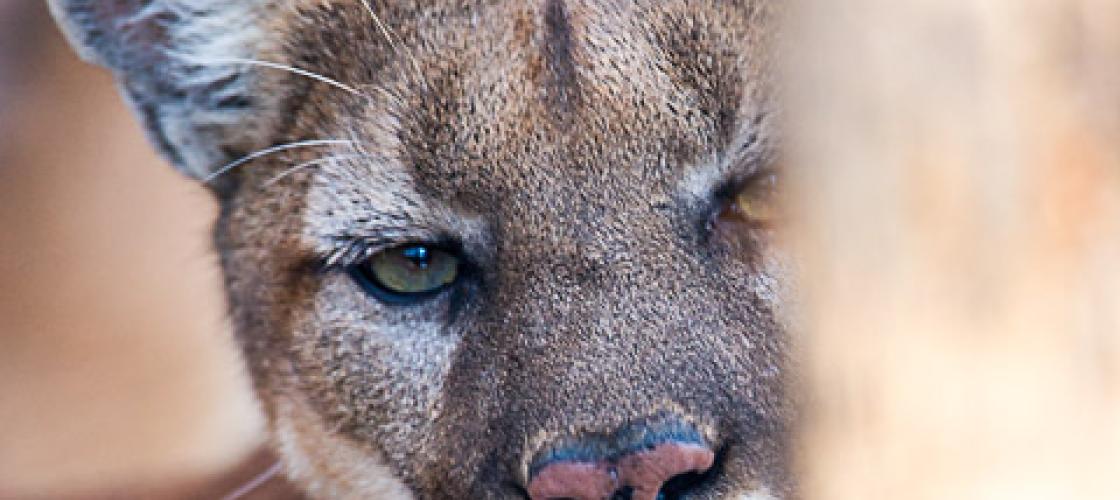
Mountain lions are known by many names. Cougar, puma, panther, and catamount are just a few. Whatever you call them, these predators aren’t puny. A male may weigh over 200 pounds and stretch over 8 feet from the tip of its nose to the end of its heavy, round, 3-foot-long tail. Females are slightly smaller. Despite their size, the cats seem to be able to disappear, slipping silently through the woods like golden-eyed ghosts.
Purrfect Predators
Deer are at the top of a mountain lion’s menu, but they’ll eat whatever they can catch. Thanks to an arsenal of sharp claws, strong jaws, and keen eyeballs, they catch quite a lot.
Not much escapes a cougar’s keen eyes. Their field of vision is wider than a human’s, which means they spot prey at the sides of their sight that you wouldn’t be able to see. In addition, a puma’s peepers are packed with more light-sensitive cells than yours, so they see better in the dark.
Cougars usually keep their claws tucked into their paws. This keeps them razor sharp. When a lion is ready for business, it unsheathes its terrible toenails, hooks them into prey, and drags the victim down so it can put its teeth into play.
Super strong mouth muscles help a lion bite with might. And its canines — the long, pointy teeth at the edges of its smile — fit perfectly between the bones of a deer’s spine. When a cougar chomps down, its teeth pierce a deer’s spinal cord, delivering a quick death.
A Whisper in the Shadows
Mountain lions hunt at dawn and dusk, when deer are most active. Once it spots dinner, a cougar crouches down and slinks closer, using vegetation to hide its approach. To avoid snapping twigs or rustling leaves, a sneaking lion places its back paws in the footprints of its front paws. When it has crept within striking range, it pounces, becoming a tawny brown blur of claws, fangs, and fur. Mountain lions can leap up to 45 feet in a single jump!
Small animals, like rabbits or raccoons, are eaten on the spot. Deer are usually dragged to a hiding place. After eating its fill of venison, a cougar covers its catch with leaves and dirt so it can return later for leftovers. Other animals — like bobcats, coyotes, and crows — often sneak in to snack on a cougar’s kill.
Cats in the Cradle
Mama mountain lions can have babies at any time of the year, but summer is most common. Mom finds a sheltered spot in a hollow log, rocky cave, or tangled thicket, and there she gives birth to a litter of two or three mewling kittens.
At birth, the little fur balls have black spots, are blind, and weigh about as much as a box of butter. After two weeks, they begin walking and their eyes open, revealing deep blue peepers.
For the first few weeks, the kittens eat nothing but mom’s milk. When they’re about 6 weeks old, they begin chewing on bones. A few weeks after that, they begin eating meat and following mom as she hunts for food.
Leaving Home
Kittens stay with mom until they’re about 2 years old. By then, the youngsters’ blue eyes have turned yellow, their spots have faded, and they can fend for themselves.
Female lions find a home away from mom but often in the same general area. Life is tougher for their brothers. Grown-up males don’t like to share their large territories with teenagers. To find a place to live, young males must fight with stronger, more experienced males — or leave.
Most of the youngsters wander long distances to find a new home. And that may explain why some have started popping up in Missouri.
Mountain Lions in Missouri
Nearly 100 years ago, a mountain lion was shot in Missouri’s Bootheel. For decades afterward, that cat seemed to have been the last of its kind to prowl our hills and hollows. But in 1994, raccoon hunters illegally shot a cougar out of a tree in the Ozarks. And since then, the big cats have shown up in the Show-Me State more than 100 times.
There’s been no recent evidence of a mountain lion having babies in Missouri. In fact, only two female cougars have been confirmed in the state since the 1920s. Western states like Wyoming, Colorado, and South Dakota have healthy populations of cougars. Biologists believe the cats that turn up here are youngsters who have fled their western homes in search of their own territories.
Let’s get one thing straight: There’s no need to be scared about meeting a mountain lion on your next hike. The chance of seeing one in Missouri is extremely slim, and the chance of being harmed by one is even slimmer. In fact, you’re more likely to be struck by lightning than struck by a cougar. People who cross paths with a mountain lion should not run away. Instead, they should raise their arms above their head to look as big as possible.
If you’re one of the lucky few to spot a cougar or capture its image on a game camera, the Conservation Department would like to know about it. To report a sighting, visit mdc.mo.gov/mountain-lion-reports.
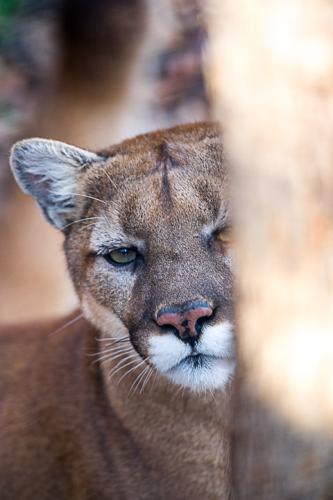
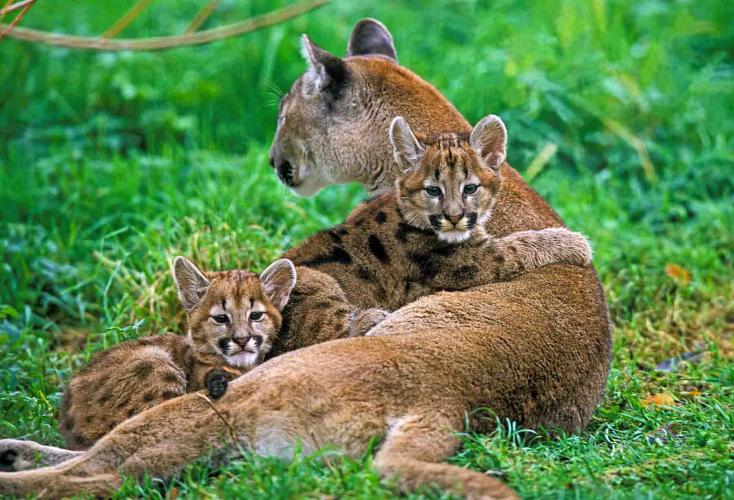
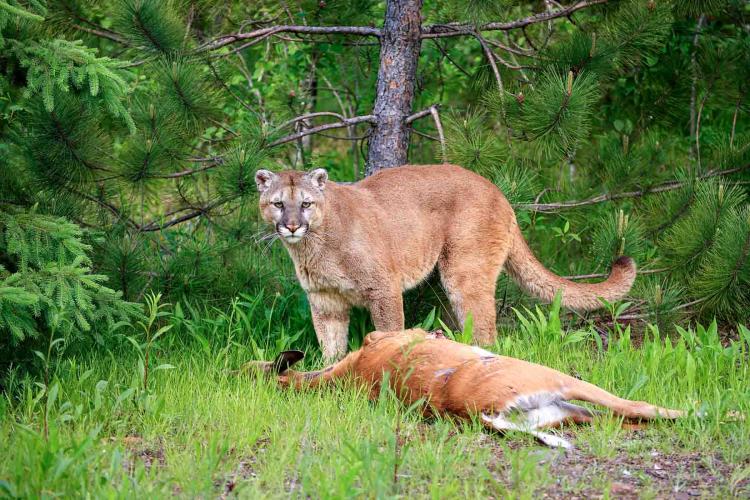
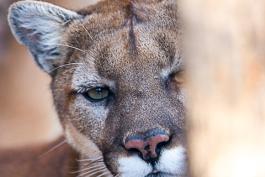
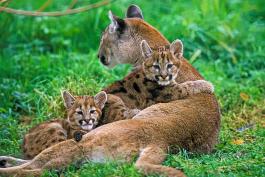
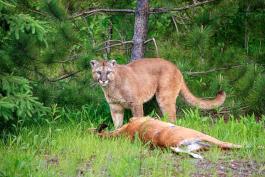
Also In This Issue

Let Xplor be your guide on a fall hike through Missouri’s glorious grasslands
And More...
This Issue's Staff
Photographer – David Stonner
Designer – Marci Porter
Designer – Les Fortenberry
Art Director – Cliff White
Editor – Matt Seek
Magazine Manager – Stephanie Thurber






















